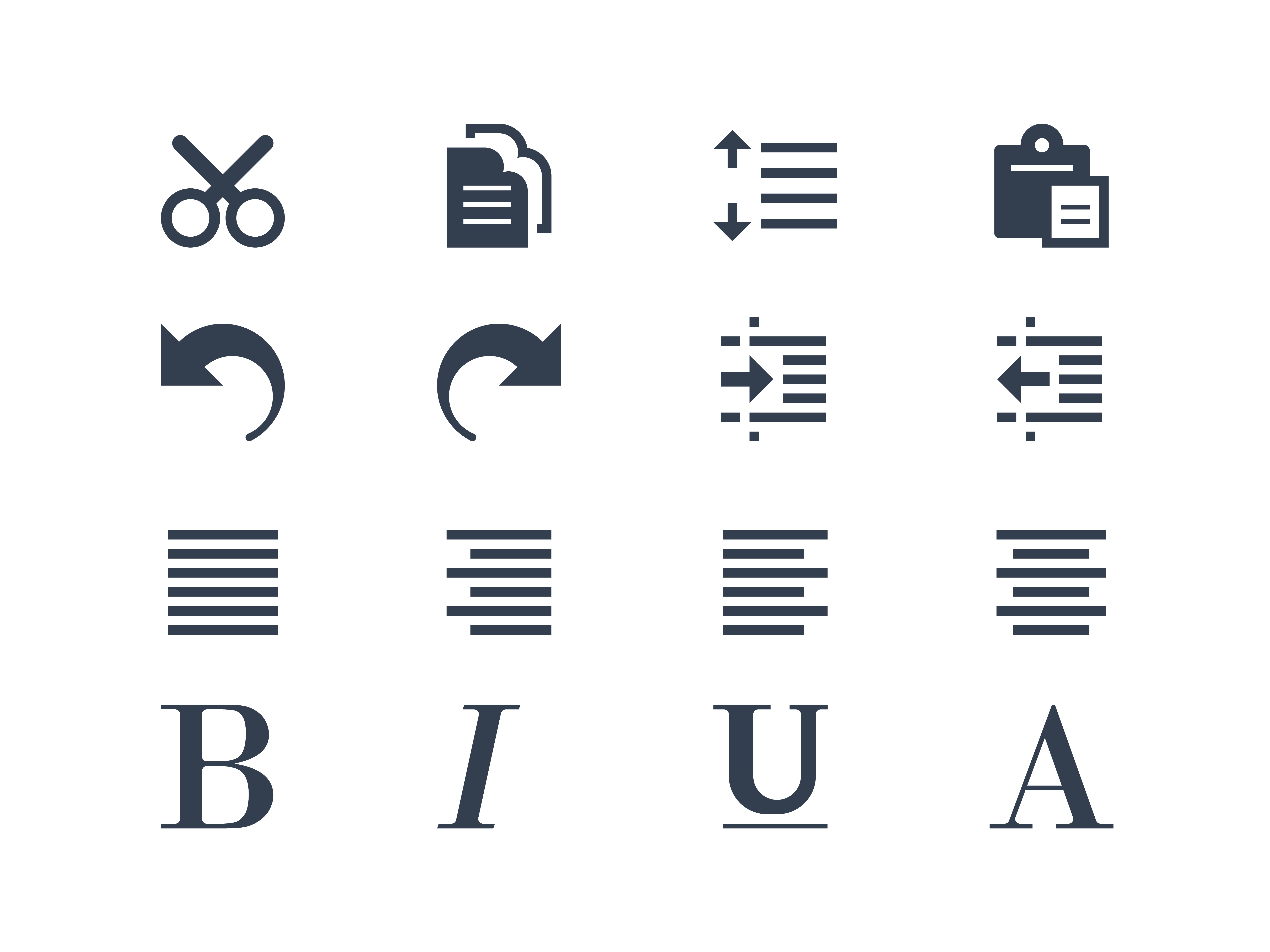Blogs are no longer an optional add-on to fill out the corners of a website. In a world of quick information and quicker dismissal, good content can make or break a company. But, creating good blog content isn’t as simple as just writing great words. That content also needs to be easily scannable, visually interesting, and formatted in a way that is neat and organized.
If you’ve failed to correctly format your blog, or you’ve made formatting choices that make it uncomfortable or difficult for your audience to read, they simply won’t bother, regardless of how useful and well-written your content is.
To ensure your content gets seen by the masses, follow these 5 tips for formatting your blog.
Don’t Get Creative with Font and Font Size
Let us start with the basics. Though seemingly unimportant, the font and size of your font will have a big effect on the readability of your blog. Whatever font you choose will provide the reader’s first impression of the blog, before they read a single word. Keep fonts simple, professional, and easy to read, and avoid using fonts that are too small or too large.
Though it may be tempting to choose a fun, unique font for your blog posts, don’t do it. Cute, frilly or overly complicated fonts are hard on the eyes and will drive readers away. It also makes it difficult for readers to concentrate on your message if they are having to work to decipher a goofy font. There is a reason your teachers insisted on Times New Roman when you were handing in papers in school (and it’s not just because they caught on to students trying to cheat the page length with big fonts).
The same goes for the size of your font. Make your headlines and subheadlines larger than the body of your post, but keep the other content uniform in size. Contrary to popular belief, highlighting words with a larger font accomplishes nothing. If you need to highlight keywords, use bold text instead of larger font sizes. Bold will keep everything uniform, while drawing attention to the keyword in question. However, always avoid italicizing words, as italics can be difficult to read.
Use Lists
Lists are an easy formatting tool that will instantly make your blog look more professional. It is also a good way to draw readers in. When reading blogs and other material on the internet, most readers will skim the article first to get a better sense for what it is about. Lists make it easier for readers to find those important details and decide if the post will be useful to them.
Keep It Simple
Most experts suggest formatting blogs for the elementary reader. To accomplish this, take your writing back to your early school years, and stick to a simple structure. An opening sentence, three supporting sentences, and, perhaps, a tie-in to your next paragraph. Most paragraphs should be no longer than six sentences long. This helps you avoid a “wall-of-text” appearance, and will prevent you from scaring off readers who weren’t looking for a novel when they stumbled upon your blog.
A simple structure also helps you stay on topic and get to the point, so your readers can get right to the information they’re looking for.
Break Things Up with Subheadings
Subheadings are an easy way to break up ideas and make it easier for readers to digest the information in a blog post. Online readers tend to skim content to gather the “meat” of the article, and it’s your job to catch their attention quickly. Be succinct. Readers often know what type of information they are looking for and want to be able to locate the relevant portions of the article quickly.
Subheadings allow readers to jump to the section of a post that is most useful to them, meaning they’ll be more likely to stick around and read your post. And utimately, that is the goal here.
Most experts suggest adding at least three subheadings to longer blog posts. The subheadings should highlight the information in the section for the reader.
Pick Your Column Width Wisely
Column widths are rarely talked about, but nonetheless, they are very important. The column width equates to the number of characters that are seen on each line of your post. When column widths are too large, formatting becomes an issue, making it difficult for readers to see an entire line without scrolling left to right. Simply put, if your readers need to scroll from left to right, they are going to leave the page.
Experts suggest keeping a column width of no greater than 80 characters. This lends itself well to both desktop reading and mobile reading. Compatibility across multiple platforms is more important than ever before. Keeping your column width at or under 80 characters will ensure the compatibility you need. Be careful though, you don’t want to drift too far in the other direction, either.
Remember getting words on the screen is half the battle, but formatting them is the other half. Proper formatting will help you engage more readers and keep them coming back for more.
For more great blogging tips, sign up for our mailing list below!



